Similar GPU, Half the RAM: MSI GeForce GTX 1060 3GB Review
The new mid-range offerings from AMD and Nvidia haven't quite delivered like we hoped they might. Information technology'due south not for a lack of functioning, as both the RX 480 and GTX 1060 concord their own when gaming at 1080p and somewhat across. Instead, the issue stems from pricing and availability, the latter likely being responsible for the quondam.
Upon inflow, the Radeon RX 480 promised to provide previous-generation R9 390-like performance at a cost of just $200, while the GTX 1060 claimed GTX 980-level performance for $250.
Every bit of writing, the cheapest RX 480 on Newegg is $250 for a custom MSI 4GB version and the rest are closer to $300. Things don't look much better for the green team. Although the least expensive GTX 1060 can exist had for $250, near are sitting at $300 or college.
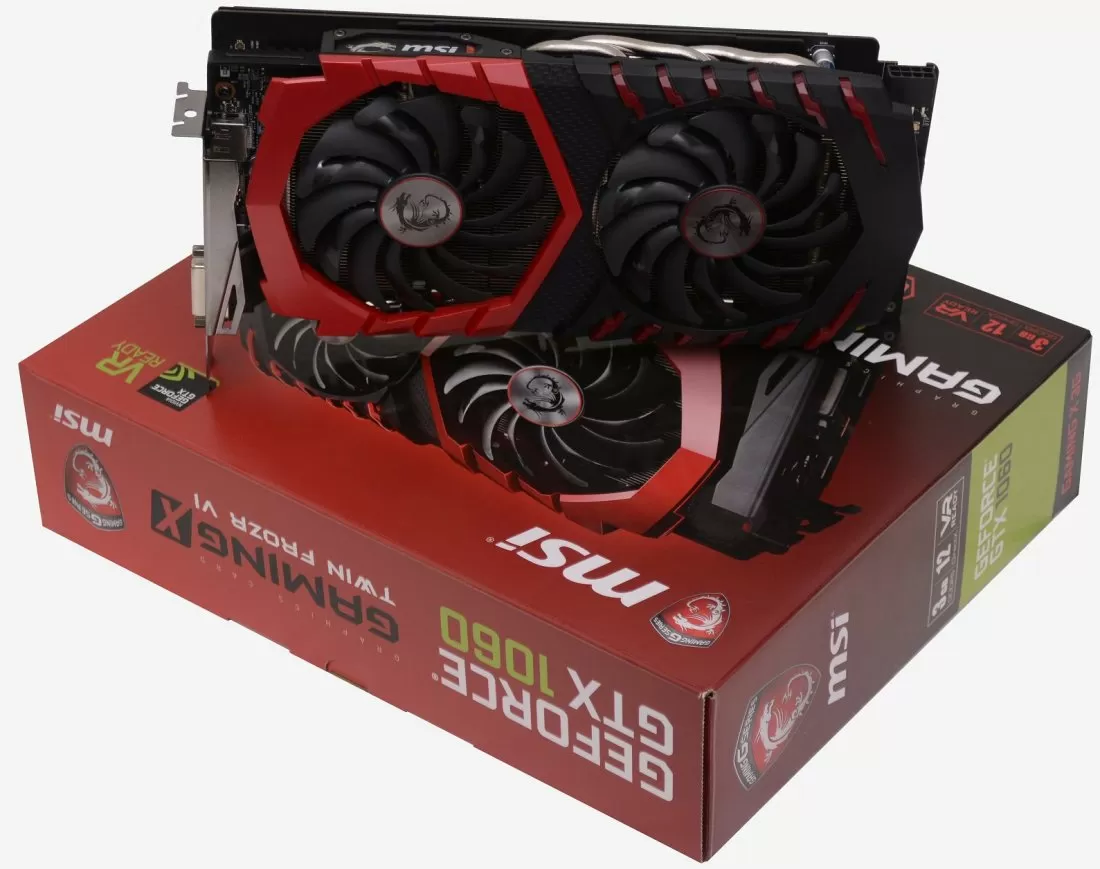
Concluding month, AMD announced another mid-range contender, though at $180 the RX 470 isn't entirely differentiated. MSRP and actual street toll are two different things especially at launch, so currently the cheapest RX 470 costs $190 with nearly above $200.
What almost Nvidia's new 3GB version of the GTX 1060, you lot ask?
For $200 -- and we've been able to find at least one selling at that price -- but equally is the case with the RX 480, RX 470 and the 6GB GTX 1060, we find that about of the 3GB models are selling for to a higher place the official pricing.
Anyhow, assuming prices settle down shortly, there should be a $l difference betwixt the 3GB and 6GB versions of the GTX 1060, which would brand the 3GB model xx% cheaper which is significant in sub-$300 graphics cards.
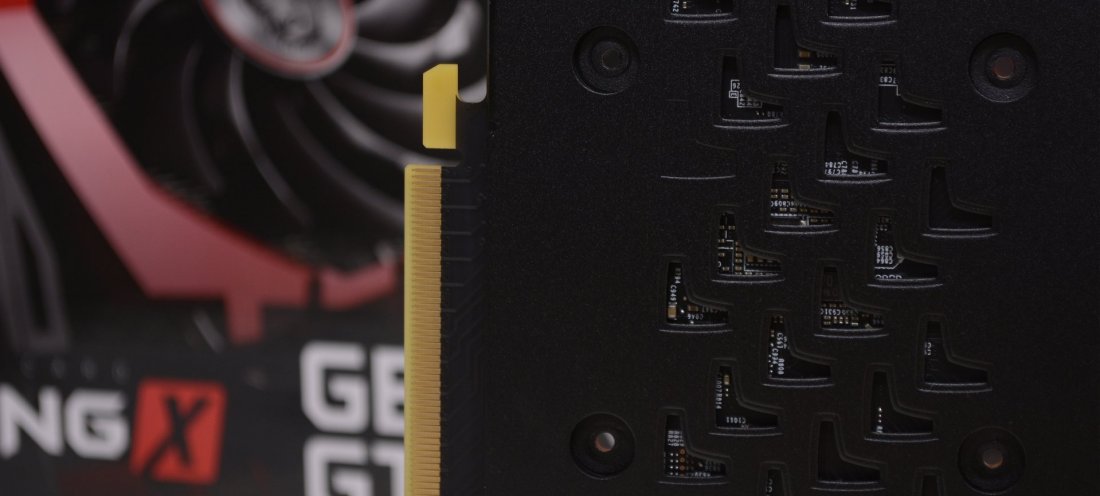
The 3GB frame buffer should exist aplenty for 1080p gaming and might even make do at 1440p, though reduced VRAM isn't the simply downgrade made to the 3GB model. Despite keeping the GTX 1060 name, the 3GB model has an actress SM unit disabled.
With merely nine of the ten SMs active, the core count drops from 1280 to 1152, and the texture units see a similar reduction from 80 to 72. Clock speeds remain unchanged at 1506 MHz with a boost to 1709MHz, just rated compute performance decreases by 11% (from 4.iv to 3.9 TFLOPs). Although its cadre count has been cut, the TDP of the 3GB model remains at 120W.
Changing the core configuration for the GTX 1060 3GB means comparisons between the two GPUs now go beyond the included frame buffer. Nvidia claims the real-world functioning drop from disabling 1 SM is around five percentage, which is pretty reasonable considering the $50 saving.
Rather than accept Nvidia's discussion for it, we're bully to run into just how much of an impact the 3GB frame buffer and 10% reduction in core count has on performance in our benchmarks. There's no Founders Edition 3GB model and then on hand for testing nosotros have the impressive looking MSI GTX 1060 Gaming X 3G.
MSI GTX 1060 Gaming X 3G
The GTX 1060 3GB might only be a $200 graphics card, but that hasn't stopped MSI from going all out and while the company's Gaming X 3G is currently retailing for $240, we hope that price to dip downward slightly over the coming weeks.
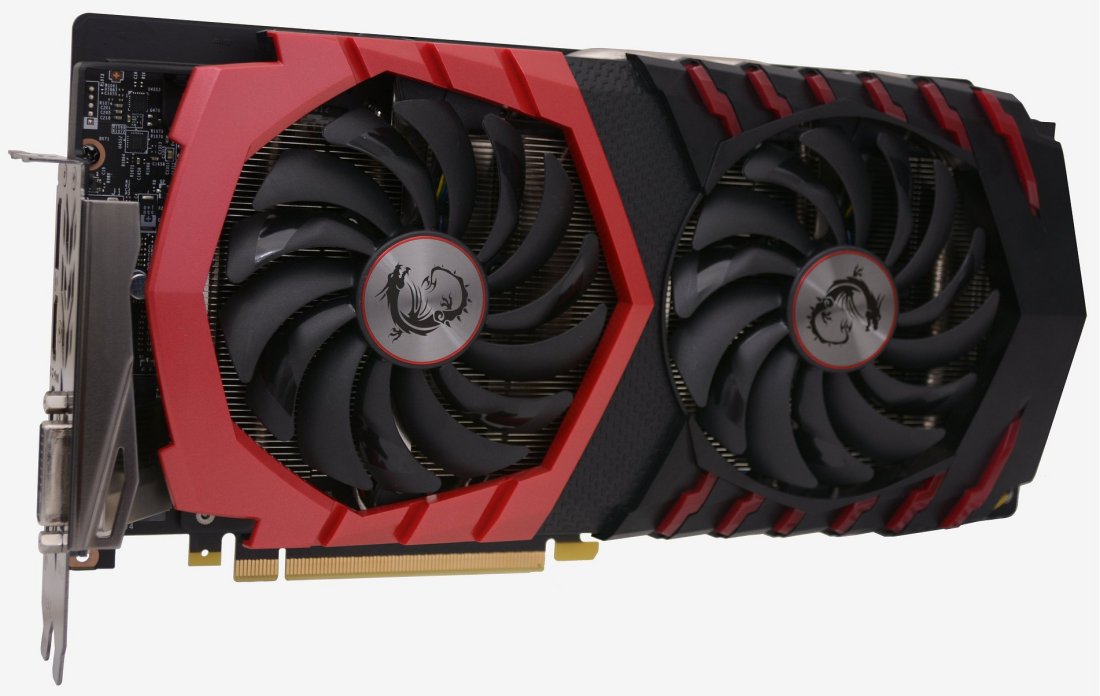
All upward, the card measures 277mm long, 39mm wide and a very tall 140mm. MSI and Asus like to add a bit of extra height to their graphics cards and nosotros accept to admit it does make them look quite imposing.
The latest-generation Twin Frozr Half-dozen cooler has been installed featuring a pair of Torx 2.0 fans which avowal a unique steeper curved blade blueprint that is said to generate 22% more air pressure. The fans also stop spinning entirely when the card is operating below 60 degrees during light load.
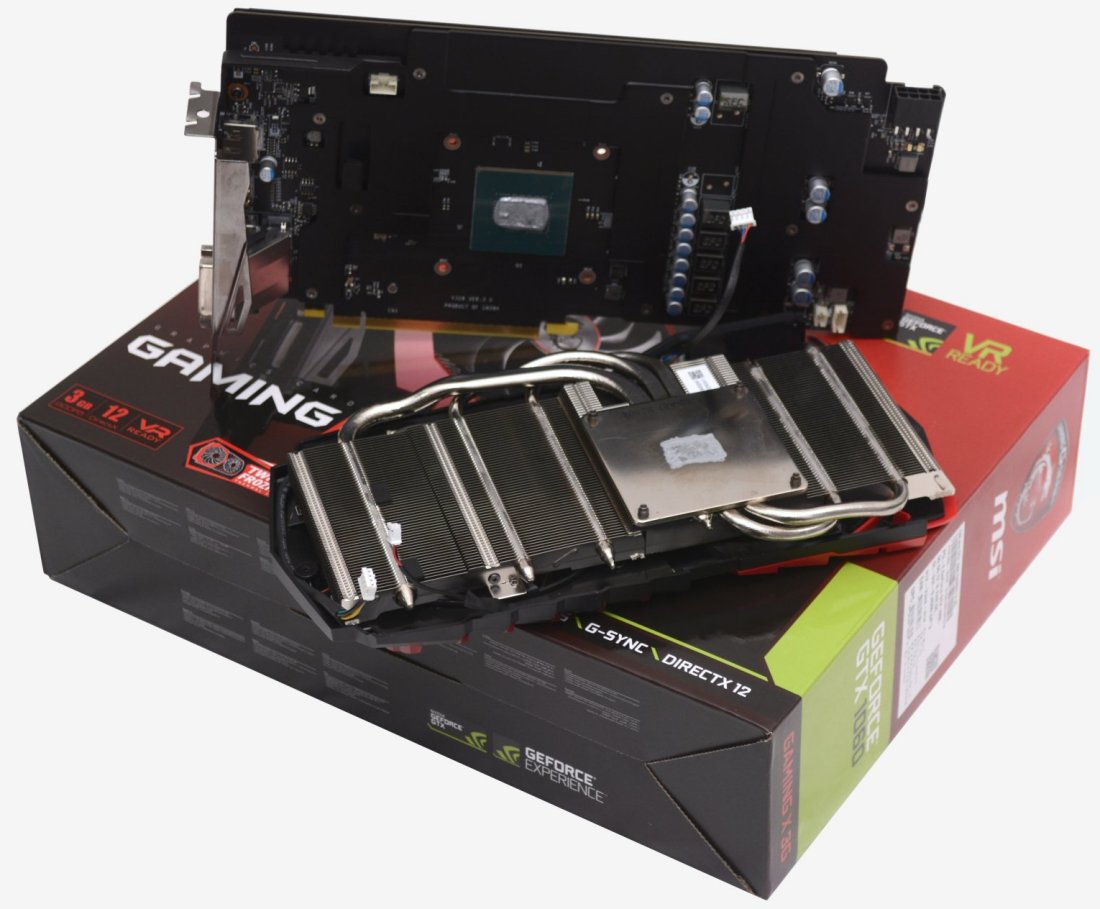
Really, it isn't often the card will crave the fans to spin up and certainly never to a noticeable level. This is helped non only by the efficient Pascal GPU but as well the massive heatsink that is riddled with copper heatpipes measuring up to 8mm broad. The heatsink is capped off with a big nickel plated base that covers the entire GPU.
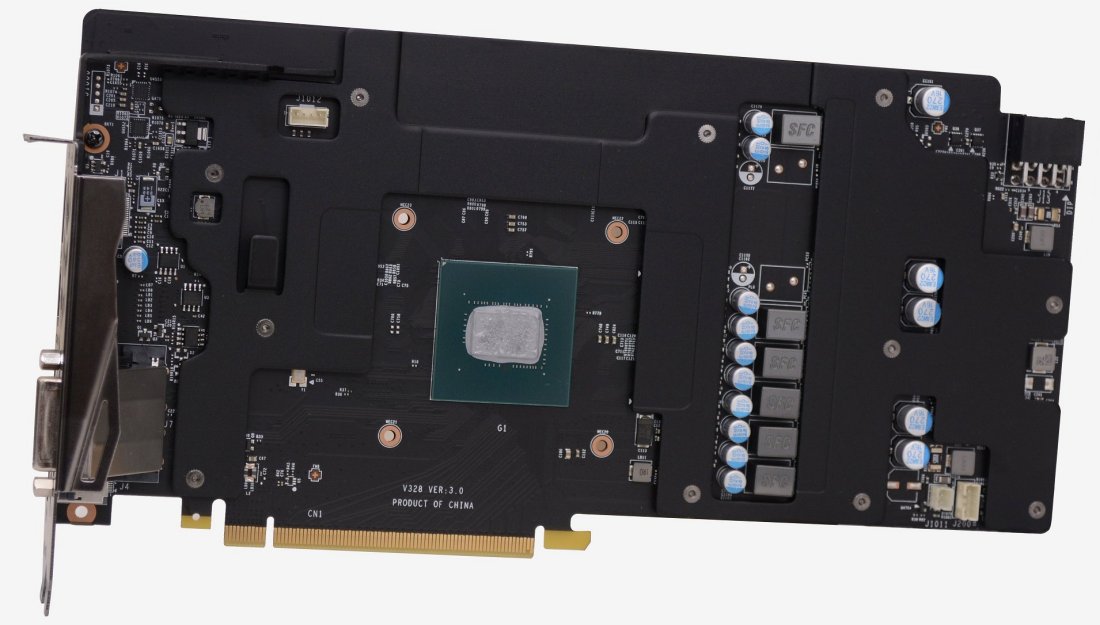
Under the heatsink is a huge estrus shroud that covers much of the PCB and of form provides cooling for the memory and PWM. There is also a huge full-size backplate with a pretty cool looking design.
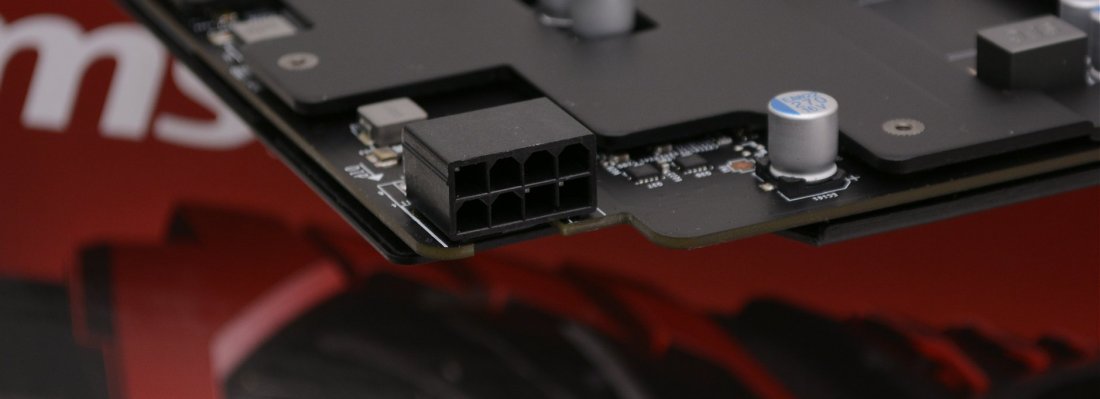
MSI has upgraded the single vi-pin PCIe connector to an 8-pin connector which substantially doubles the amount of juice that tin be delivered here. Helping take reward of that extra power is a 5+1 phase PWM pattern which is a considerable upgrade over the 6GB Founders Edition graphics card.
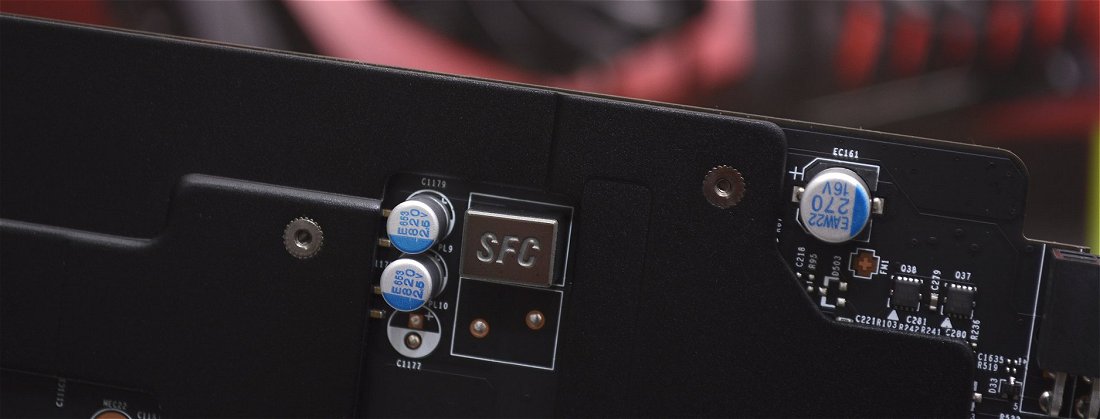
Out of the box, MSI has prepare the Gaming X 3G'southward base of operations clock at 1569MHz, resulting in a boost clock of 1784MHz. That'due south a mild 4% overclock, only please note for the sake of consistency we take downclocked the GPU to Nvidia'due south spec which calls for a 1506MHz base clock. We did this to ensure a off-white comparison between the GTX 1060 6GB Founders Edition graphics card that we've already tested.
Source: https://www.techspot.com/review/1237-msi-geforce-gtx-1060-3gb/
Posted by: laperlewoliftell.blogspot.com


0 Response to "Similar GPU, Half the RAM: MSI GeForce GTX 1060 3GB Review"
Post a Comment